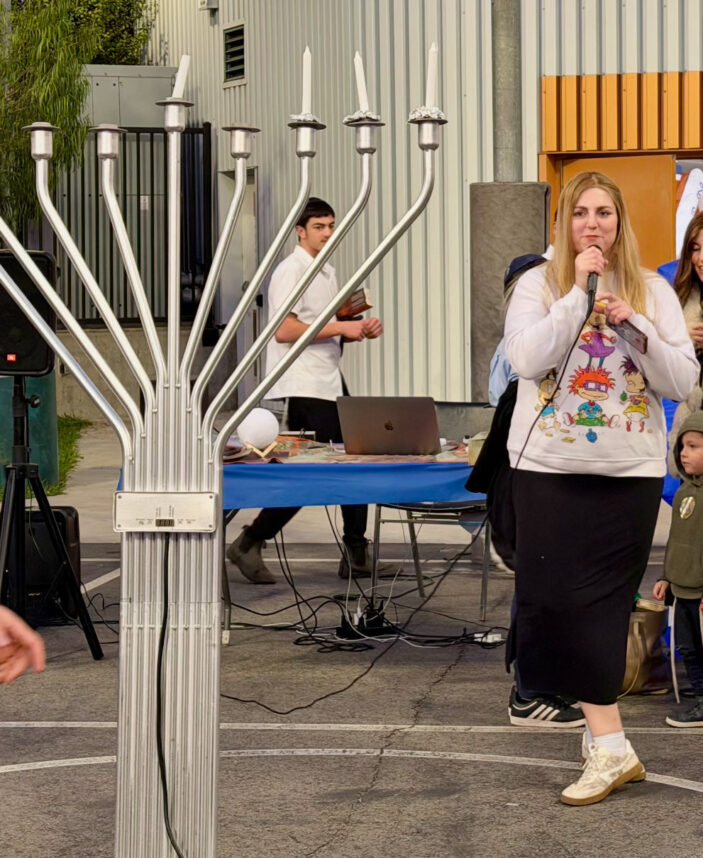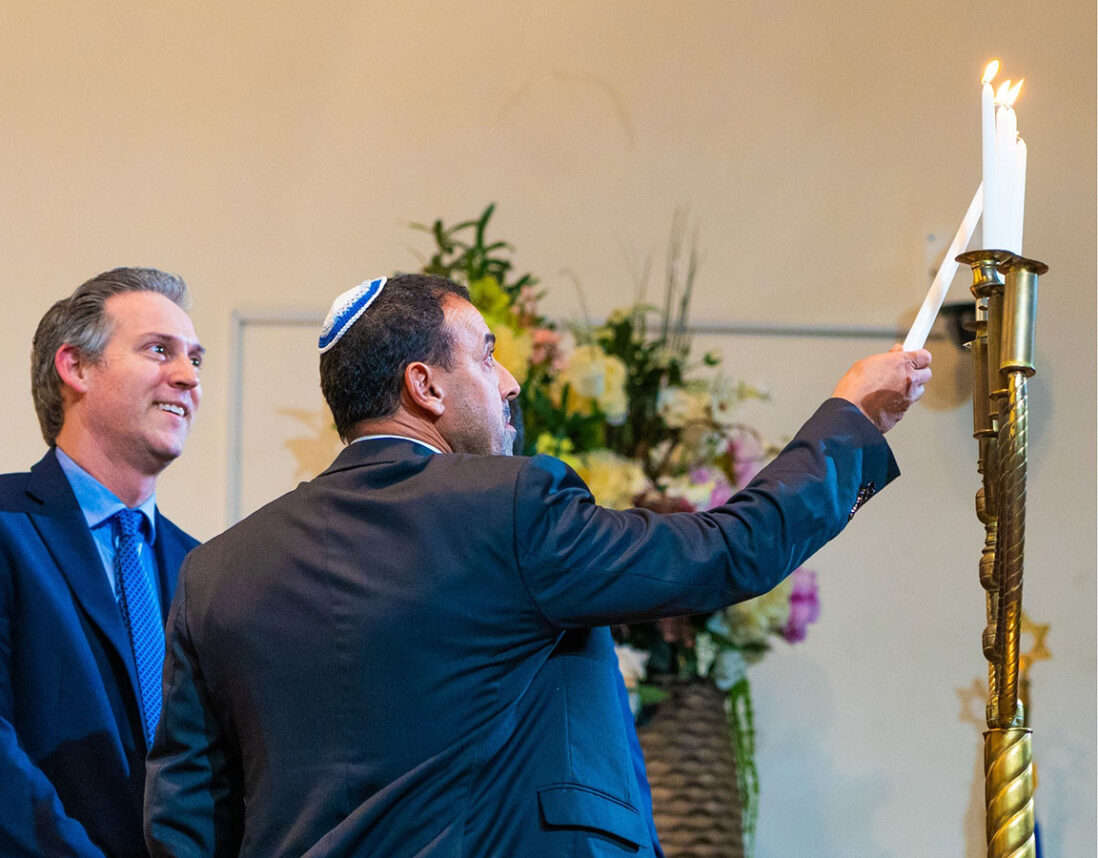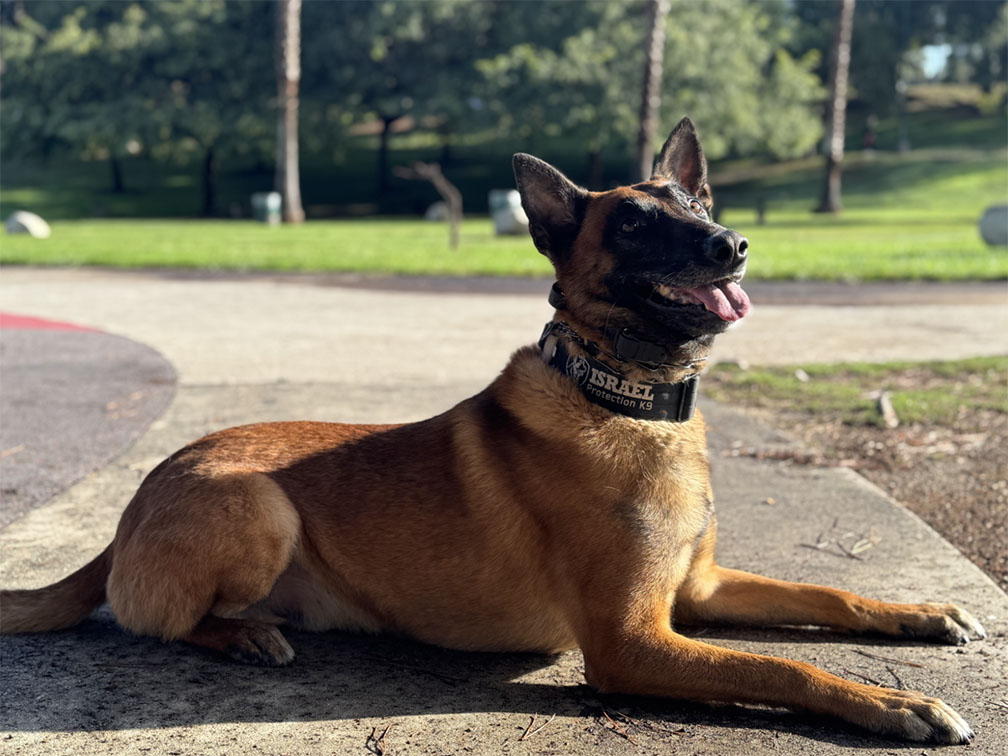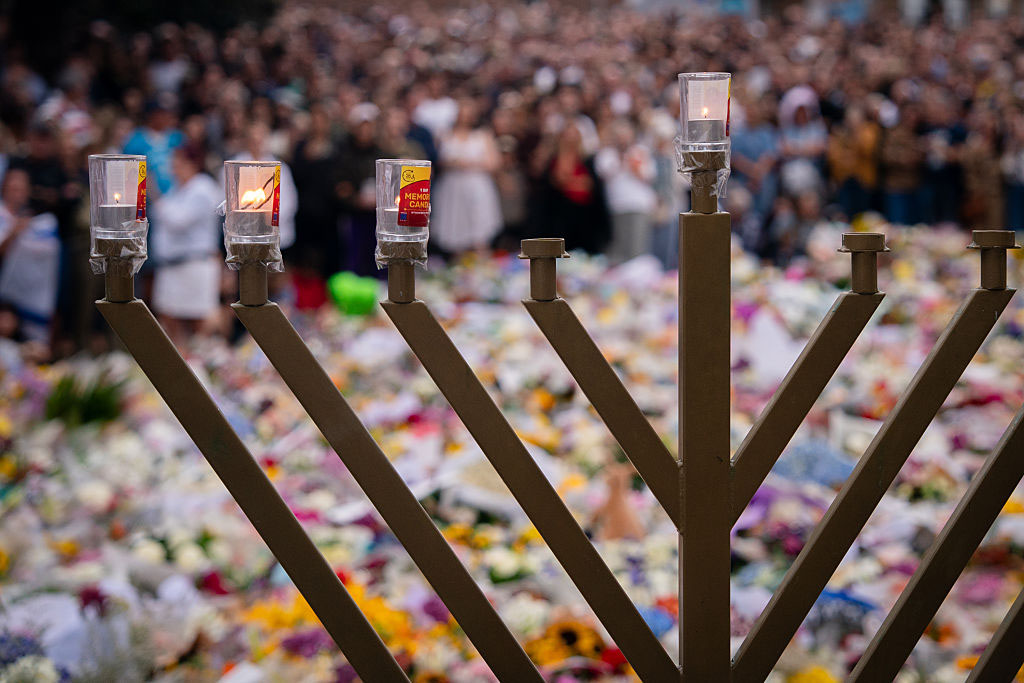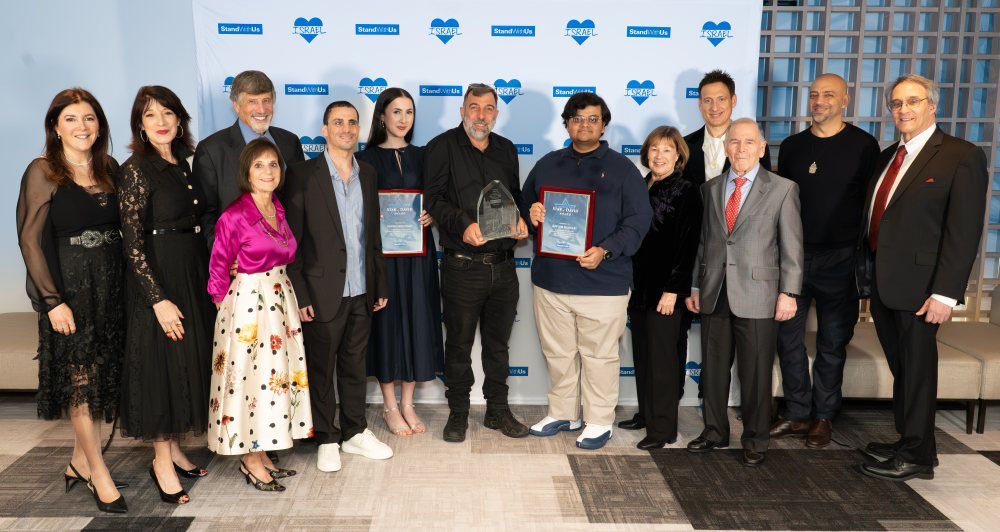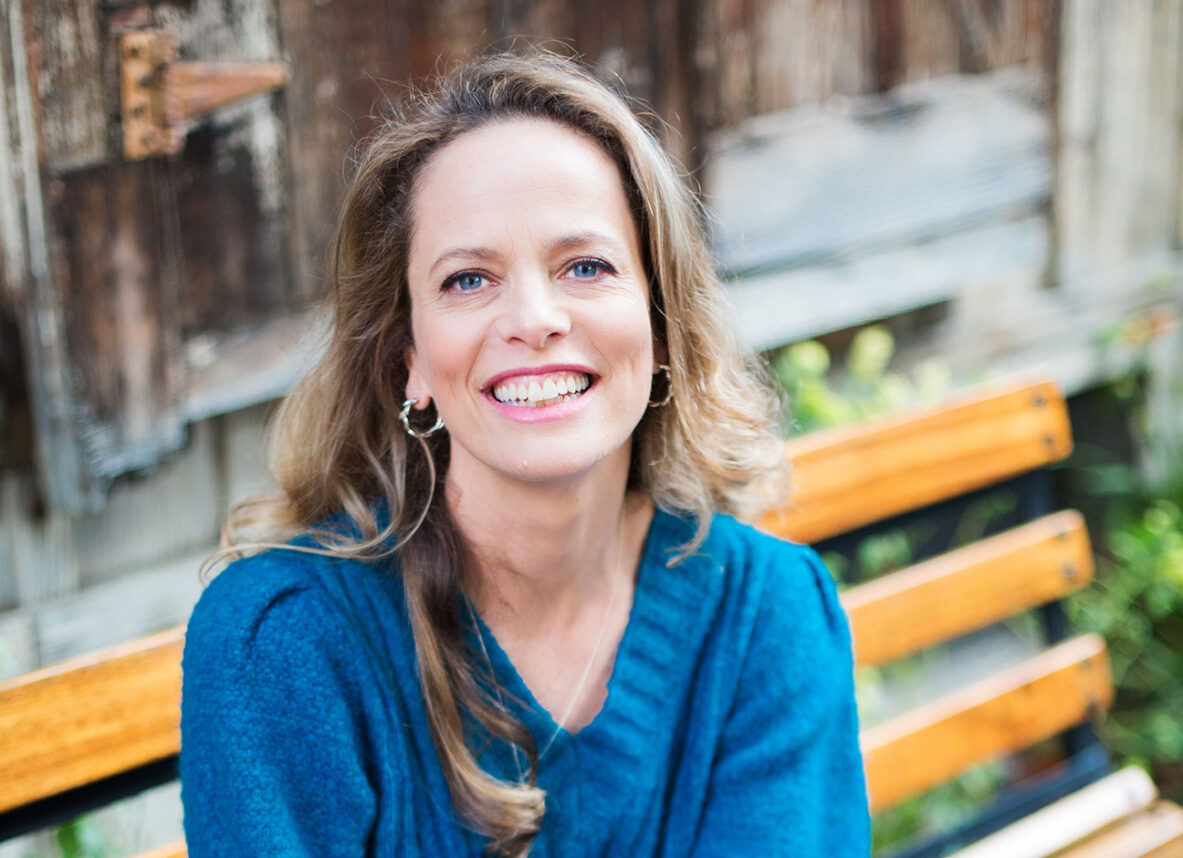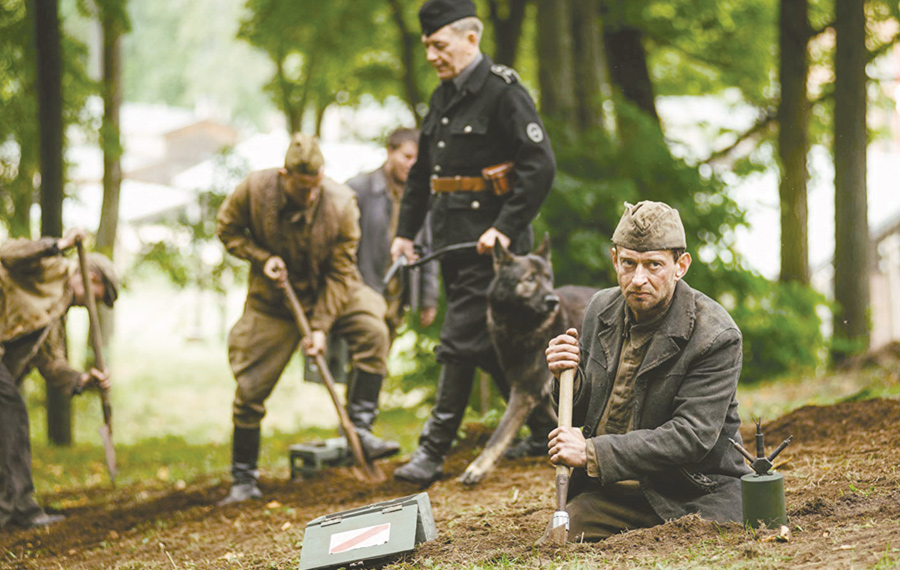
On Oct.14, 1943, 300 prisoners escaped from the Sobibor death camp in Poland, killing a dozen Nazi SS officers in the process. The Russian-made Holocaust drama “Sobibor” dramatizes the desperate escape plot while depicting the hellish existence those not immediately sent to the gas chambers endured.
Often difficult to watch, the film unflinchingly shows Nazi acts of sadism-for-sport. But its message about hope and humanity amid the darkness is clear.
In an e-mail interview, director Konstantin Khabenskiy, who also stars as Russian-Jewish revolt leader Alexander ‘Sasha’ Pechersky, said of his directorial debut, “It was important for me to understand and show how a person is changing in these circumstances, in a death camp. How do they try to remain themselves, not lose their reason, the ability to resist?”
He added that this applied to the Nazis, too. “I tried to understand them as much as possible. Not to justify, of course, but to understand. I wanted to make a film where the death camp would be the main character, [where] people exist as if in its shadow. The legendary uprising and its preparation are not so important. It’s more important to show the camp and the people in it.”
Although Pechersky was a real person, little is known about some of the other men behind the uprising. “For example, Boris Tsibulsky, Pechersky’s closest ally,” Khabenskiy said. “How to accurately reproduce his image on the screen, if there are no documents about him, only two paragraphs in Pechersky’s memoirs?” For Khabenskiy, it was more important to get the historical details right and “show how people live and act in such circumstances.”
Khabenskiy had advisers from the Alexander Pechersky Foundation vetting everything about Sobibor, the uprising and prisoners’ fates, and he aimed for accuracy in the scenery, weapons, transportation and uniforms, down to the buttons.
Khabenskiy initially turned down the offer to become involved in the film, but reading Pechersky’s memoirs and other research materials changed his mind. “It took probably about two years before I realized that this story could be interesting for me as an actor and even some more time until I agreed to become a director,” he said.
“It was important for me to understand and show how a person is changing in these circumstances, in a death camp. How do they try to remain themselves, not lose their reason, the ability to resist?”
— Konstantin Khabenskiy
But wearing both hats proved to be a physical and logistical challenge. “You have to run all the time from the shooting area to the camera and back,” he said. “It is not easy not to be able to look at yourself from the outside, to appreciate the scene in which you participate.”
“[Directing] is a completely different profession,” he said. “I talked to many outstanding directors and I know that they look at everything that happens on the set with different eyes. The main challenge was to understand for myself if I could embody what I had learned from them in my own film.”
Although “Sobibor” graphically depicts Nazi brutality, the director “tried to remove excess cruelty from the screen. We have not shown one-fifth of what the prisoners of Sobibor write about in their memoirs.”
Although the Sobibor escape story has been the subject of books, documentaries and the 1987 TV movie “Escape From Sobibor,” it is not widely known.
“It seems to me that this is how human consciousness works,” Khabenskiy said. “It is convenient for people to imagine one thing instead of a multitude: Anne Frank as a representative of the victims of the Holocaust, Elie Wiesel as a representative of the survivors, Raoul Wallenberg and Oskar Schindler as representatives of the Righteous Among the Nations. The same thing happened with the camps. Everyone heard about Auschwitz and Dachau and much less is known about the rest, although many of those camps are much higher than Dachau in the number of victims.”
An estimated 250,000 Jews were murdered at Sobibor. Of the prisoners involved in the revolt, most were captured or killed. Only 53 survived the war, including Pechersky.
Khabenskiy admitted that his apprehensions about making the film lingered after he finished it, despite the fact that it was a hit in Russia and was its Oscar entry this year.
“But I know one thing. I did my best,” he said. “If something did not work out, it is not because I didn’t try. We had dozens of options for editing the film, and until the last moment we continued to work on it. If the premiere were a little later, perhaps the final version of the film would have been a little different.”
He’s not eager to try directing again any time soon. “My main profession is [as a] theater and film actor,” Khabenskiy, who is a major star in Russia, said. “I learned that this is what I can do best. I do not think that I will soon try to repeat the experience of filmmaking.”
On the eve of “Sobibor’s” release in the U.S., “I would like the audience to leave the cinema hall emotionally enriched,” he said. “This is not about any particular knowledge or message, but about a certain change in the emotional structure.”
“Sobibor” opens March 29 at Laemmle’s Music Hall and is available via Video on Demand.





















